Sometimes the most impressive automotive milestones aren't announced with fanfare as they quietly speak for themselves. While scrolling through the "TESLA High Mileage CLUB" group this morning, I came across one of those milestones that made me pause and take a closer look. Ricky Hesston shared that his 2022 Tesla Model 3 had quietly crossed 200,000 miles in less than four years, and that the car still drives like it just rolled out of the showroom.
Here’s what Ricky had to say: “Here is my 2022 Model 3 LR that I bought back in Dec. 2021. Only maintenance was the upper control arm at around 150k miles. Still have the original 12V battery. Range is currently 286 miles, which is ~80% from the 358 mile range when new. On my 4th set of tires. Car still drives like new! Charging is mostly done with the Tesla home charger and mobile connector (home, work and others). Supercharging is <20% of the total.”
Stories like Ricky’s are becoming more common as Tesla's reputation for long-term durability continues to solidify. For many buyers considering an EV, concerns about battery longevity and maintenance costs can be a major roadblock. Yet, seeing a Model 3 exceed 200,000 miles while maintaining about 80% of its original range is an impressive testament to Tesla's engineering. In fact, Ricky's experience directly counters many fears, much like we discussed in this piece about early battery health concerns in the 2023 Model Y Performance.
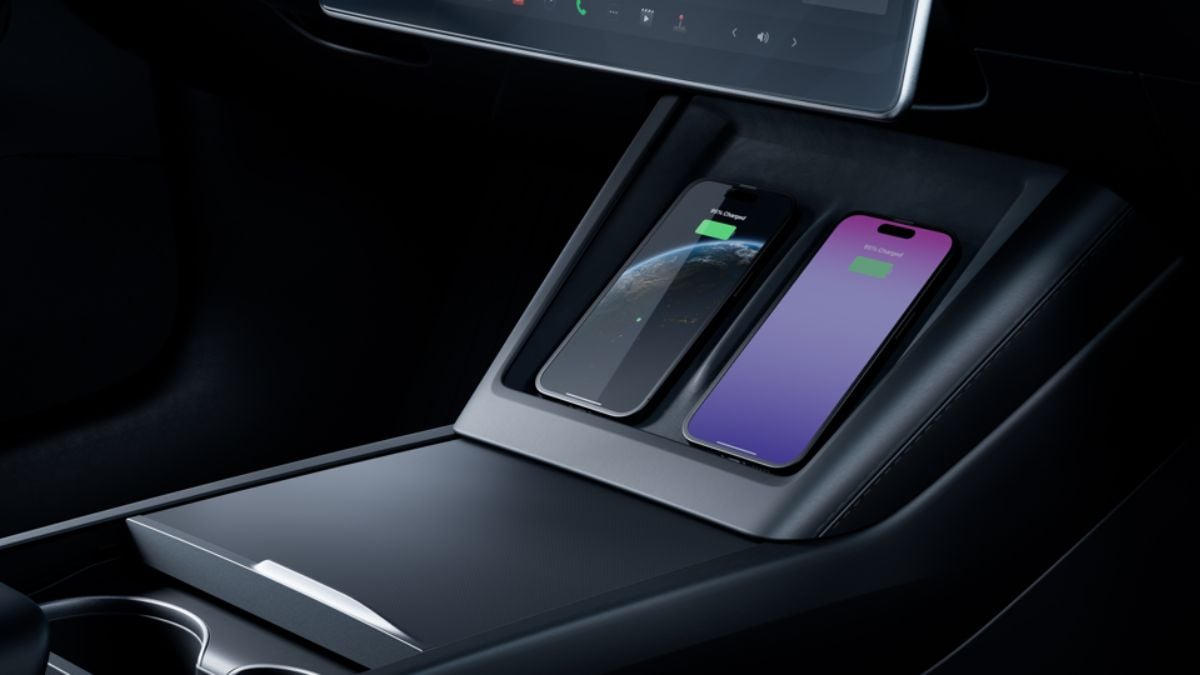
More Evidence of Tesla's Real-World Strength
Beyond just range and reliability, Ricky’s charging habits also paint a critical part of the story. He mentioned that most of his charging is done at home or at work with a Tesla wall connector or mobile charger, and that Supercharging makes up less than 20% of his total. This is significant because it aligns with studies and real-world experience showing that slower, Level 2 charging can help preserve battery health better over time, compared to frequent high-speed Supercharging.
As more owners stack up miles, the conversation around Tesla’s real-world longevity has evolved. Ricky’s Model 3 is not an isolated case, and it's fascinating to see similar journeys shared in groups and forums. Some owners, like those who gave up their Toyota Tundra for a Tesla Model 3, discovered firsthand that Teslas aren't just about flashy tech or quick acceleration as they're capable of piling on serious mileage with very little fuss when treated right.
Meanwhile, broader studies suggest Tesla owners are highly likely to stick with the brand. As covered when one owner asked Tesla owners if they would buy one again without talking about Elon Musk or politics, and the overwhelming satisfaction points to real-world durability that goes beyond just initial hype.
Community Reactions to Ricky's Achievement
Comments on Ricky’s post reflected a shared sense of optimism and curiosity among other Tesla drivers. Phil Sandsmark wrote, “Amazing, I hope mine goes that far! I had a 2019 M3sr+ with 145k until a deer took it out. Sad day. I started my high mileage journey over in a '23 Model Y performance, and now currently sitting at 45k. I’m curious, what is unlimited overnight charging and why is it free? Sorry if this is a dumb question.”
Phil’s story shows that many Tesla owners are determined to chase high mileage goals, even after setbacks. The "unlimited overnight charging" that Phil was referring to are specific Tesla promotions where drivers can charge for free during off-peak hours, which helps reduce long-term operating costs. It’s yet another example of how Tesla continues to innovate in ways that directly benefit loyal users.
Michael Konrad chimed in with a practical question: “What area of the country do you live? I'm curious about climate and how it affects battery longevity.”
This is an important point. Climate plays a huge role in battery life. Extreme heat can degrade lithium-ion batteries faster, while moderate climates help extend their life. Ricky didn’t specify his location, but owners in temperate areas often report better long-term battery retention compared to those in consistently hot or cold climates.
Adding to the positivity, Michael Cohn commented, “My '22 M3LR is likely your brother. It's nearing 100k miles so this is reassuring to see!”
It’s clear from Michael’s response that these high-mileage success stories create a ripple effect. Owners approaching major milestones gain confidence seeing others thrive beyond them, reinforcing the idea that Teslas are built for the long haul. It’s a powerful emotional and practical reassurance for those who plan to keep their cars well past 100,000 miles.
Tesla’s Future Looks Even Stronger
When stepping back and looking at the broader Tesla landscape, stories like Ricky’s reflect a growing maturity among Tesla vehicles. They are no longer just cool tech gadgets on wheels; they are legitimate, reliable long-haul cars. When we look at prototypes hinting at new changes coming to the Model 3, it's clear Tesla isn’t standing still either. They’re pushing to refine and enhance an already durable platform.
It’s not just about maintaining range or battery health either. Many Tesla owners report that even after high mileage, their vehicles continue to deliver an impressive driving experience, as discussed when I explored why so many Tesla Model 3 owners can’t imagine driving anything else despite the criticisms they hear.
What High Mileage Stories Teach Us About the Future of Driving
I think what makes Ricky’s story so important isn’t just the number on the dash but how unremarkable it seems once you really dig into it. And that’s a good thing. EVs should be normal cars that you can drive hard, maintain lightly, and rely on day after day without having to constantly think about battery health or degradation anxiety.
As someone who grew up around a lot of skepticism toward electric cars, seeing a story like this makes me think we’re moving past the “what if” phase of EV ownership and firmly into the “this just works” phase. It’s not about hype anymore as we are seeing the results. And trust in the automotive world isn’t given lightly. It's earned mile by mile.
Key Takeaways
- Real-World Durability: Tesla's vehicles, when treated thoughtfully with proper charging habits, can deliver incredible long-term durability without dramatic maintenance needs.
- Battery Longevity is Manageable: By relying mostly on Level 2 home and work charging, Ricky preserved about 80% of his Model 3's original range even after 200,000 miles.
- Climate Matters: Environmental conditions play a major role in battery health, so those in temperate zones may see even better long-term performance.
- Community Confidence: Stories like Ricky’s inspire owners approaching 100,000-mile marks, proving Teslas aren't just "high-tech toys" but serious long-distance machines.
- The Future Looks Bright: With Tesla continuously refining their lineup and offering programs that lower ownership costs, the case for EVs as everyday workhorses has never been stronger.
Your Turn
Have you owned a Tesla or another EV long enough to see how it handles high mileage? If so, what has your experience been like so far?
And If you’re aiming for a 200,000-mile goal with your vehicle, what strategies are you using to get there, and what challenges have you faced along the way?
I would love to hear your thoughts in the comments below.
Aram Krajekian is a young automotive journalist bringing a fresh perspective to his coverage of the evolving automotive landscape. Follow Aram on X and LinkedIn for daily news coverage about cars.
Image Sources: Tesla Gallery


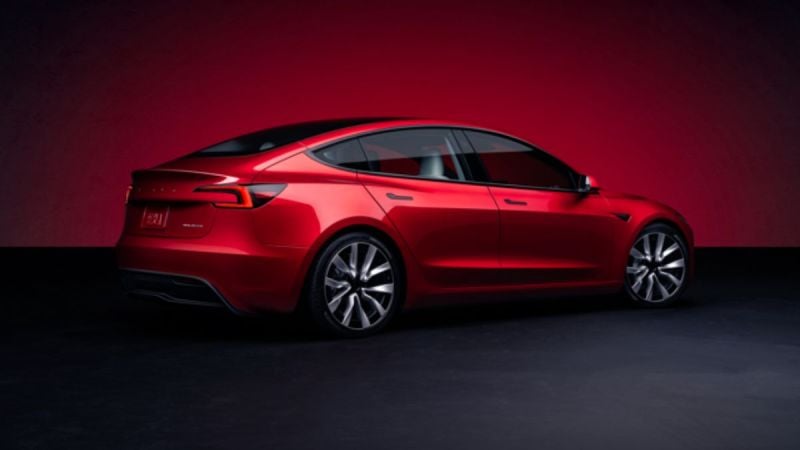





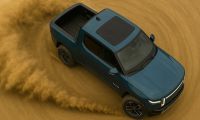
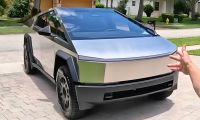
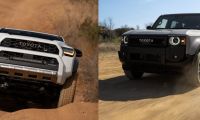

Comments
I didn't like the ugly Tesla…
Permalink
I didn't like the ugly Tesla before Eyore Musk